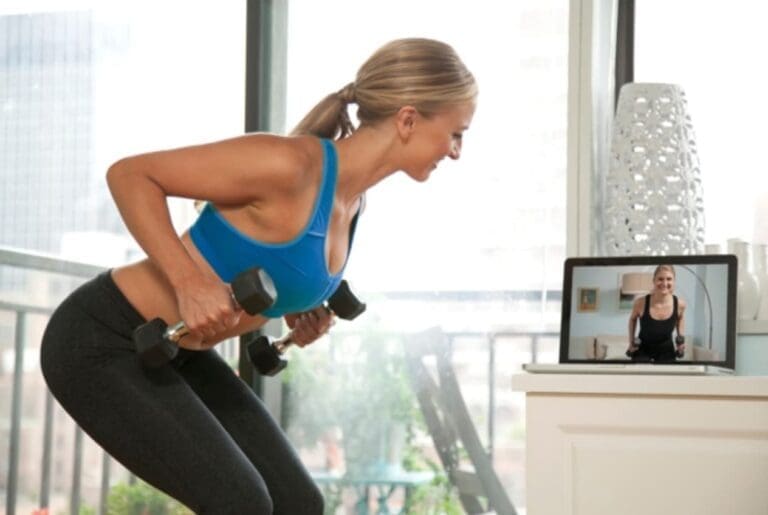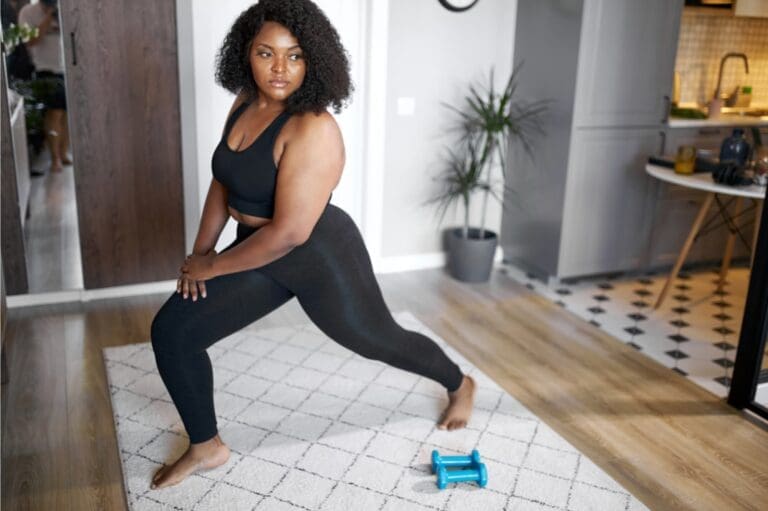
Swimming is a fantastic form of exercise that can improve cardiovascular fitness, endurance, and overall health. As a personal trainer in San Mateo, I have seen firsthand the benefits that regular swimming can have on my clients. In this blog post, I will discuss the research that supports the benefits of swimming and provide tips on how to make the most of your time in the pool.
Cardiovascular fitness is essential for maintaining a healthy heart and lungs. Swimming is an excellent way to improve cardiovascular fitness because it is a low-impact form of exercise that is easy on the joints. According to a study published in the Journal of Sports Sciences, swimming is just as effective at improving cardiovascular fitness as running and cycling. The study found that swimming can improve cardiovascular fitness by increasing heart rate, stroke volume, and oxygen uptake.
Endurance is the ability to sustain physical activity for an extended period. Swimming is a great way to improve endurance because it works multiple muscle groups at the same time. A study published in the Journal of Strength and Conditioning Research found that swimming improved endurance in collegiate swimmers by increasing the time to exhaustion. The study also found that swimming improved endurance in untrained individuals.
Overall health is improved by regular swimming as it helps to increase muscle strength and flexibility, improve balance and coordination and decrease body fat. A study published in the Journal of Physiotherapy found that swimming improved overall health in older adults by increasing muscle strength, improving balance and coordination, and decreasing body fat.nTo make the most of your time in the pool, it is essential to have a plan. Start by setting a goal, whether it’s to swim a certain distance or to improve your overall fitness. n
Here are a few tips to help you get started:
- Warm up: Before you start your session in the pool, take a few minutes to warm up. This will help prepare your body for exercise and reduce the risk of injury.
- Vary your swimming strokes: To avoid boredom and to challenge your body, vary your swimming strokes, from freestyle to backstroke, butterfly to breaststroke. Mix up your strokes and try different training techniques such as interval training, Fartlek training, and endurance training.
- Use equipment: Swimming aids such as kickboards, pull buoys, and paddles can help to challenge different muscle groups and make your workout more effective.
- Stretch: After your swim, take a few minutes to stretch. This will help to reduce muscle soreness and improve flexibility.
- Have fun: Remember, swimming should be enjoyable. Try to find a pool that you enjoy swimming in and make it a fun and relaxing experience.
In conclusion, swimming is a fantastic form of exercise that can improve cardiovascular fitness, endurance, and overall health. As a personal trainer in San Mateo, I highly recommend swimming as a form of cardio for my clients. If you’re looking to improve your fitness and overall health, give swimming a try.
At Holly Roser Fitness, we can help you personalize your cardio with activities like swimming that are tailored to meet your needs and help you achieve your goals. Contact us today to schedule your first training session and start reaping the benefits of an active, healthier life.






